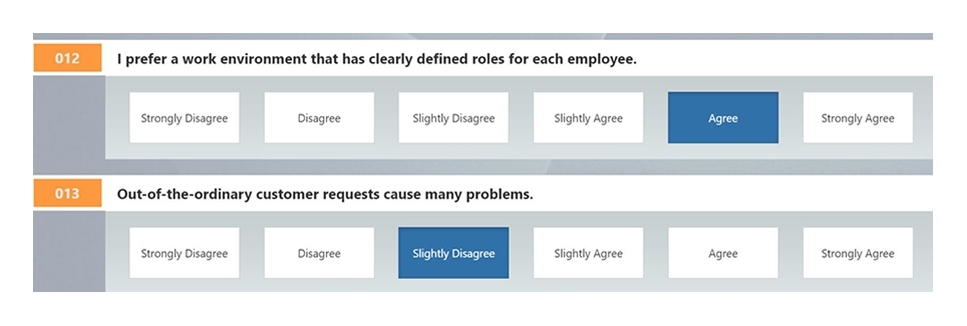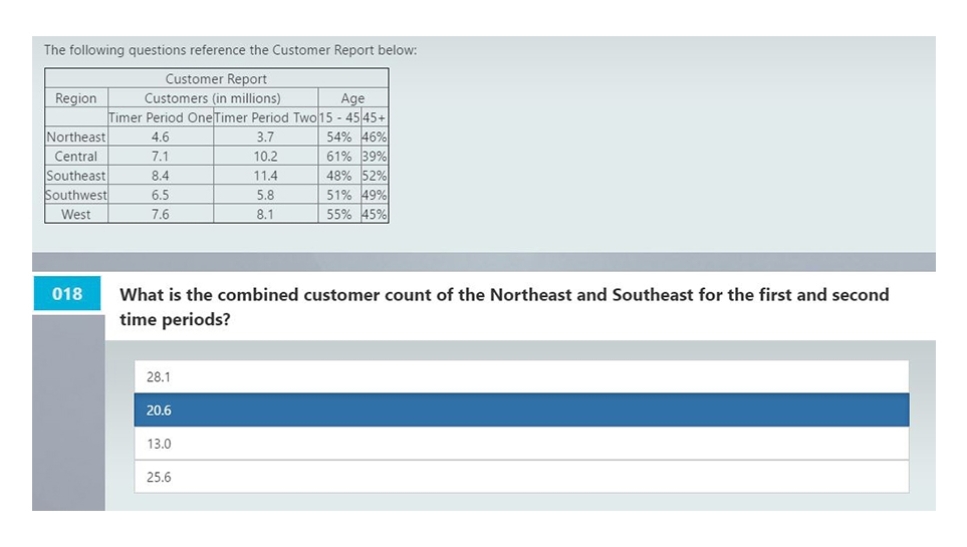In helping organizations hire the right people, we have documented how science-driven hiring assessments reduce turnover while cutting labor costs and time spent hiring and improving operations.
However, as positive as these results are, do you risk reducing the size of your applicant pool too much by including a hiring assessment? Technology gives applicants the ability to apply to a range of jobs with ease, and organizations continually compete for top talent. Do you risk losing the interest of applicants with a 15-minute assessment – what about a 30-minute assessment?
Sometimes our clients request a “five-minute assessment” fearful that anything longer will cause too many applicants to leave. However, the data does not support this fear – and there are valid reasons to use a longer assessment.
What's Wrong with Short?
The problem with extremely short assessments is that it provides less information on which to base decisions. Shortening tests and subscales can lower statistical reliability, or how well the items consistently measure what they should across applicants. What’s more, the ability of an assessment to predict key outcomes such as turnover, and the ability to thrive within your culture and meet your expectations, may also be diminished with extremely short assessments. Further, we know much of the value of a hiring assessment is the information it gives you to leverage later in the process – and shorter assessments can reduce the amount of information the assessment can accurately provide.
When making the decision to use a shorter assessment, it’s important to know that any loss in utility from reduced reliability and prediction is made up for by the gain of retaining a larger applicant pool.
Our research – and that of testing psychologists and psychometricians – shows that most assessment abandonment occurs early in the assessment process: specifically, the first 10 minutes. Further, with a positive candidate experience the abandonment rate is consistently less than 10 percent. This abandonment is largely functional: as applicants complete the assessment, they become more aware of the expectations of the position and those who are not a good fit self-select out of the process.

Photo by Rodeo Project Management Software on Unsplash
While companies often worry about candidates abandoning the assessment, they may forget that as applicants continue through the assessment process they become increasingly invested in finishing. In sum, our experience and data support that 15-to-20-minute assessments will not markedly reduce the applicant pool – and offer significantly more valuable information on which to base hiring decisions.
Three Ways to Create a Positive Assessment Experience
Assessment abandonment will be lower when you provide a positive and engaging assessment experience. What does this mean? Doing everything possible to ensure applicants believe the assessment is fair, accurately measures job-related content, and delivers an experience that is frustration-free and easy to understand. Here are three best-practices for delivering a positive assessment experience:
1. Provide an exceptional mobile experience. Using mobile-optimized assessments can markedly reduce abandonment. This not only means the site will adjust for smartphone or tablet devices, but that the content utilizes larger buttons to navigate, the screen automatically scrolls after an applicant completes an item, and all images are clear on smaller screens. If you’re currently using an assessment as part of your company’s hiring process, try taking it on a mobile device to see if the experience is clear and frustration-free for applicants.
2. Use different types of assessments. Including different types of tests and items within the assessment allows you to measure competencies in different ways, improving the accuracy of the information collected. This keeps applicants from becoming tired with any one type of test and leaving the assessment. Using different types of items also increases attention and interest and reduces the rate of careless responding which can compromise the ability of your assessment to predict performance. For example, applicants may be asked to respond on a sliding scale between two personality adjectives for one item:
Then answer Strongly Agree to Strongly Disagree in response to situations they would encounter on the job:
And finish the assessment with a set of multiple-choice problem-solving items:
3. Examine the whole hiring process. If the application and registration processes are poorly designed, applicants will be frustrated before they even begin the assessment. Review your job application to make sure it is easy to complete and only includes the information you need to have at this early stage of the hiring process. When and how you communicate with applicants is another opportunity to retain their engagement. After the assessment is complete, applicants who pass can be sent engaging communications that clearly outline next steps. One of the biggest reasons applicants remove themselves from the hiring process is they are uncertain about the employer’s timeline for making a decision and where they are in the process – so timely communication is key.
Next Steps
Hiring assessments can provide insight about potential performance that is difficult, or even impossible, to know from other hiring methods. What challenges will an applicant with no managerial experience face as a leader in your organization? Will the recent nursing school graduate be able to delegate to nursing assistants and prioritize?
Assessments are, however, only one part of a larger hiring ecosystem that includes the technology you use, interviews, applications, and big-picture concepts like your employment brand. We’ve put together a guide that covers all aspects of building a hiring process: errors to avoid, the pros and cons of various tools, and best practices. Download to learn more about how you can hire to build your culture and reach your intended business results.
Download Your Free eBook: How to Build a Hiring Process
Resources





